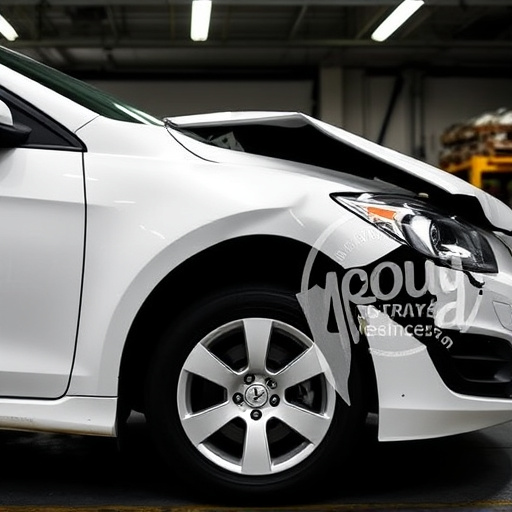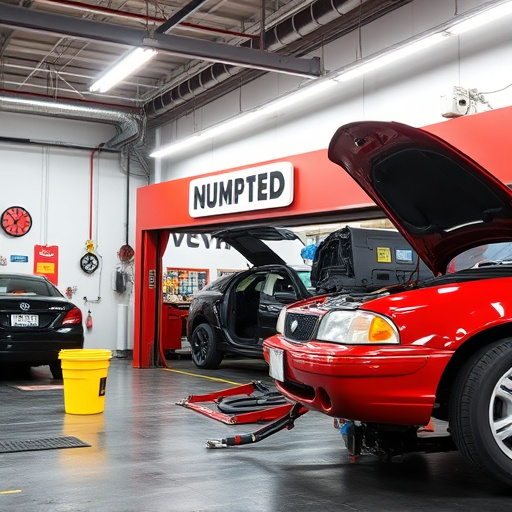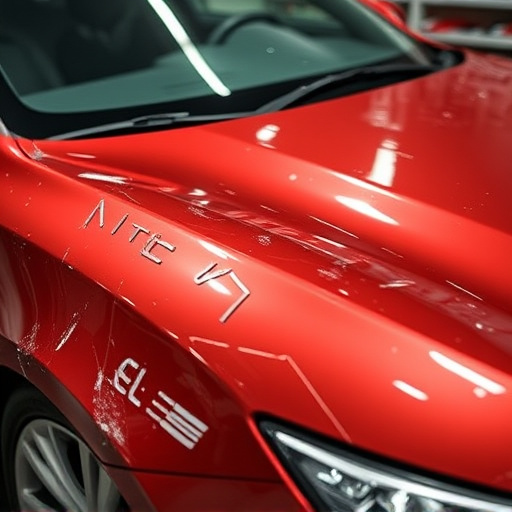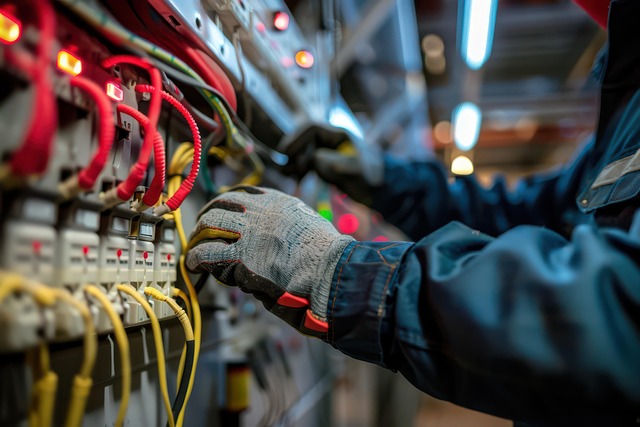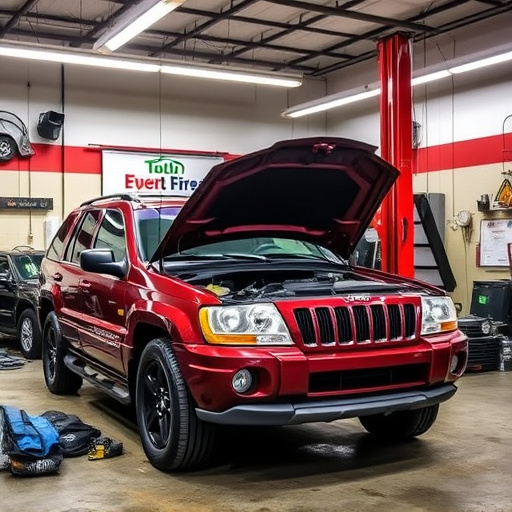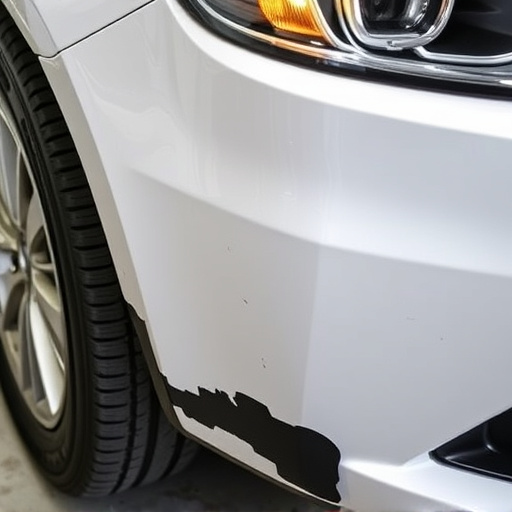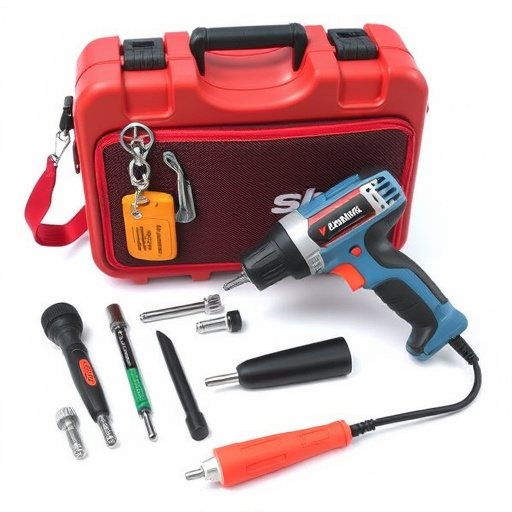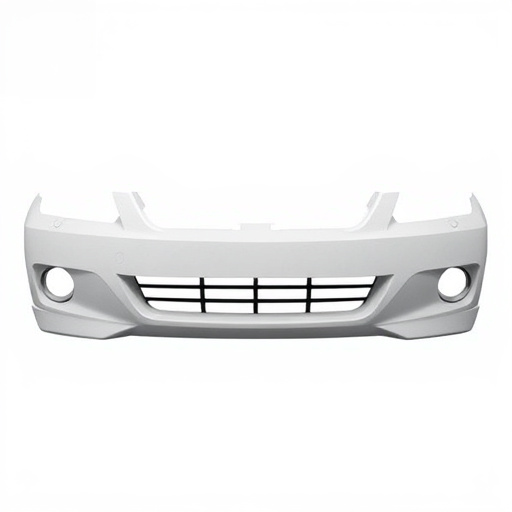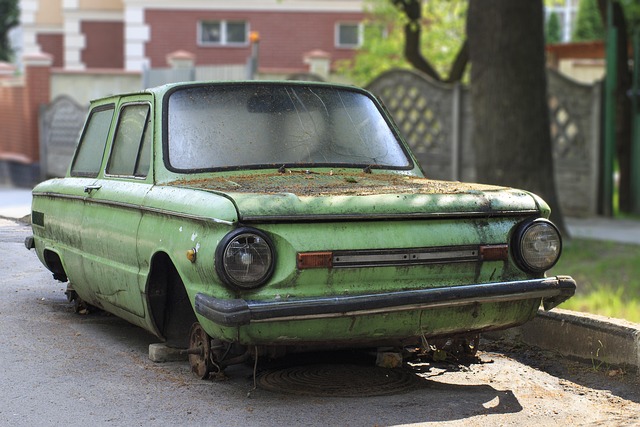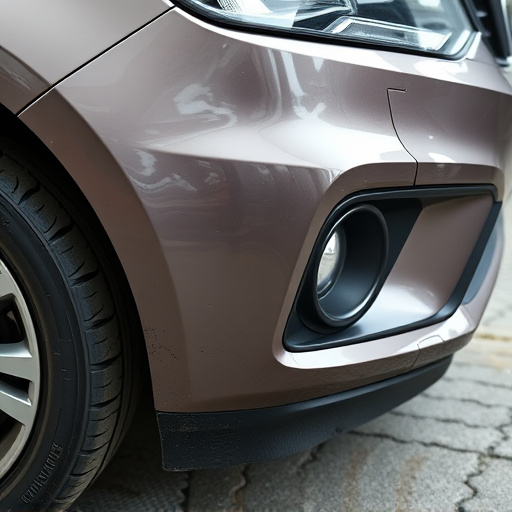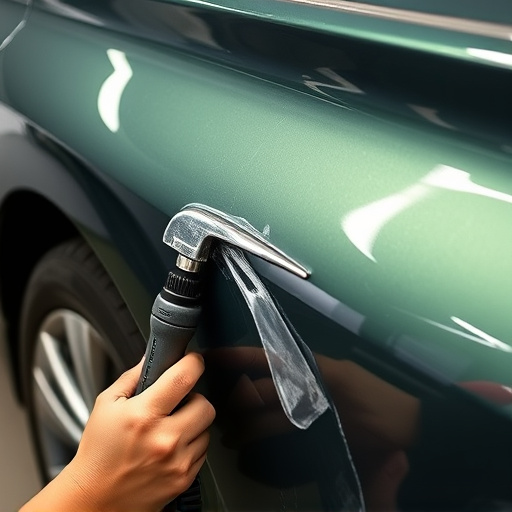Tesla's Adaptive Suspension System offers advanced comfort and control but requires regular maintenance to prevent damage from road wear. Recognize common issues like changes in ride quality or strange noises for timely repair. Reputable collision repair shops with specialized tools diagnose and fix these problems, ensuring safety and optimal performance through expert Tesla adaptive suspension repair.
Tesla’s Adaptive Suspension System enhances driving dynamics, automatically adjusting to road conditions. However, like any complex system, it can develop issues requiring prompt attention. This article guides you through diagnosing Tesla adaptive suspension repair needs. By understanding the common problems and symptoms, and employing effective diagnostic procedures, you’ll ensure your Tesla maintains optimal performance and safety on every journey. Let’s explore how to accurately identify and address these concerns.
- Understanding Tesla Adaptive Suspension System
- Common Issues and Symptoms to Look For
- Diagnostic Procedures for Accurate Repairs
Understanding Tesla Adaptive Suspension System

Tesla’s Adaptive Suspension System is a sophisticated piece of technology designed to enhance both comfort and control while driving. It uses advanced sensors and actuators to adjust the vehicle’s height, roll center, and stiffness in real-time, providing a smooth ride and improved handling. This system actively monitors road conditions and driver inputs, making adjustments millisecond by millisecond to ensure optimal performance.
Understanding how this system works is crucial when it comes to diagnosing repair needs. Regular auto maintenance plays a vital role in keeping the suspension components in top condition. Over time, factors like constant exposure to rough roads, extreme weather conditions, and regular use can take a toll on various parts. An auto body shop or experienced auto repair services technicians should periodically inspect for signs of wear, such as damaged shock absorbers, broken springs, or worn-out control modules. Early detection of these issues is key to preventing more serious damage and ensuring the safety and performance of your Tesla’s adaptive suspension system.
Common Issues and Symptoms to Look For

When it comes to diagnosing Tesla adaptive suspension repair needs, recognizing common issues and symptoms is key. One of the primary indicators that your Tesla’s adaptive suspension may require attention is a noticeable change in ride quality. This could manifest as uneven tire wear, jarring rides over bumps, or a general feeling of instability while driving at higher speeds.
Additionally, strange noises coming from the front or rear end during turns or on rough roads can be an early warning sign. Other symptoms include vehicles pulling to one side while idle or during acceleration, and a noticeable difference in handling compared to when the system was operating optimally. It’s important to address these issues promptly as they can impact both safety and driving comfort. Consider visiting a reputable collision repair shop for proper diagnosis and expert automotive repair services tailored for Tesla adaptive suspension systems.
Diagnostic Procedures for Accurate Repairs
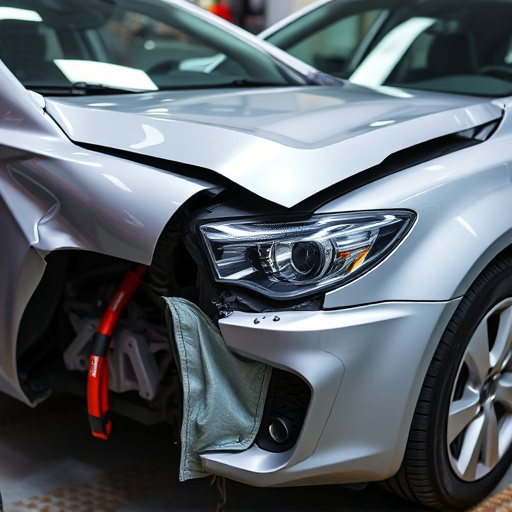
Diagnosing Tesla adaptive suspension repair needs requires a meticulous approach to ensure accurate and safe repairs. The first step is to conduct a thorough inspection, checking for any visible signs of damage or misalignment that could indicate problems with the advanced suspension system. This involves examining the shock absorbers, springs, and control modules for wear and tear or anomalies. Advanced diagnostic tools can be employed to scan the vehicle’s computer systems for error codes and performance data, providing valuable insights into potential issues.
For accurate repairs, it is crucial to engage a qualified technician experienced in Tesla vehicles. They will use specialized equipment like load testers and precision measuring tools to assess the suspension’s integrity and identify any faulty components. In some cases, non-structural damage such as a vehicle dent repair might be addressed by the collision repair center, while more complex adaptive suspension issues may require expert attention from a trusted vehicle body shop to ensure optimal performance and safety during driving.
Diagnosing Tesla Adaptive Suspension repair needs requires a thorough understanding of this advanced system. By recognizing common issues like unusual ride height variations, steering discrepancies, or excessive body roll, you can initiate the diagnostic process outlined in this article. Employing advanced tools and techniques ensures accurate repairs for your Tesla’s adaptive suspension, enhancing both safety and driving dynamics. Remember, prompt attention to these signals is key to maintaining optimal vehicle performance and passenger comfort.

